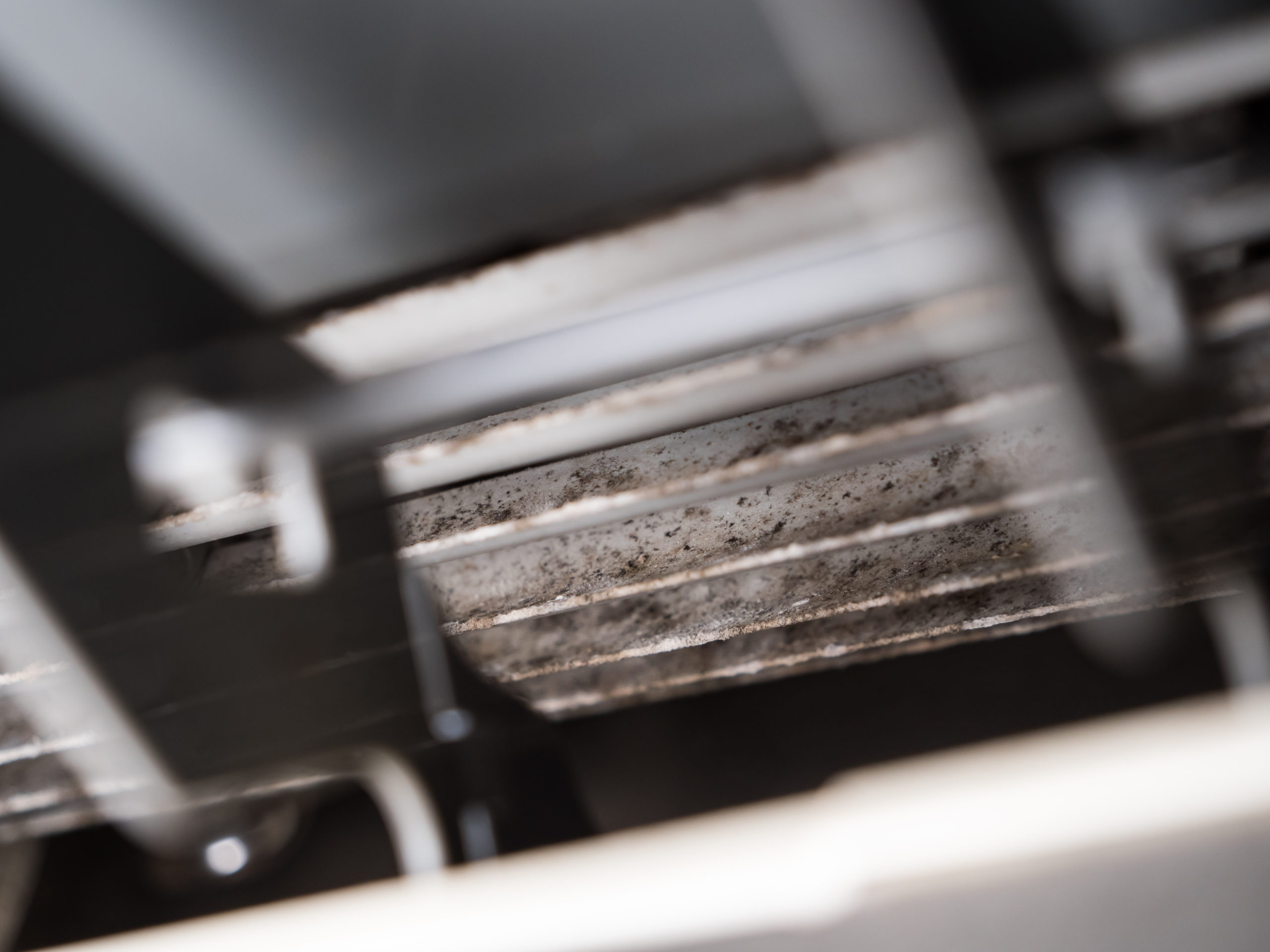
Do you smell that? Something reeks — and no, it’s not the fish you cooked last night for dinner or the trash you forgot to take out. It’s coming from the bathroom?… The sink?… Maybe the cabinets?
Whatever the origin, you’d recognize that pungent odor anywhere — it’s mold! So now the frustrating game of hide-and-seek begins as you try to spot the unwanted guest and send it packing for good.
The only problem is that those pesky spores have all day to find the perfect hiding spot while you only have so many hours to worry about those hard-to-reach crevices where mold could grow.
As time goes by, you begin to wonder why those phantom smells aren’t leading to any physical mold sightings and what exactly it could mean for you and your home.
Want answers? Read on:
Seeking Out The Source
So we’ve already established that something smells, but how are you supposed to know if it’s expired food in the fridge or something a little… moldier?
Described as a “musty” or “earthy” smell, mold odor is produced by microbial volatile organic compounds (mVOCs) that go hand-in-hand with spores to make a home out of your hard-to-reach spaces.
As a result, these gases can create symptoms including headaches, dizziness, congestion, fatigue, and nausea, making it that much more crucial that you boot out the mold as soon as possible.
While not all molds produce this pungent smell, it’s important to pay attention to your perceived allergy symptoms, considering that mold spores, just like pollen, could be the mastermind behind your runny nose.
Taking Action Against Odor
So now you’ve identified the smell, but you’re still on the hunt and unsure of where, exactly, to look.
Well, according to the Environmental Protection Agency (EPA), “molds can be found almost anywhere; they can grow on virtually any substance, providing moisture is present.” Unfortunately, this means that spores may not always be easy to find in a home full of secret hiding places, and you may have to dig a little deeper to catch the culprit.
Considering that mold is drawn to moisture, checking in dark, damp places might be a good starting point. Some top hiding spots include:
- Under the sink
- In the carpet
- In the attic
- Around windows
- And more
That said, mold may also take residence in harder-to-reach places like underwood flooring or even inside the walls, especially when water damage is underway. Rotting wood, discolored walls, water stains, and wallpaper warping could all be indicators that your unwanted visitors have found their sanctuary.
The Sweet Smell Of Victory
Before you start ripping out tile or peeling up wallpaper, it could be a good idea to seek help from someone who may be able to identify mold growth a little easier and save you from a time-consuming mold hunt.
At Luce Air Quality, we have a team of collaborative and well-equipped environmentalist experts ready to help you through all of your mold removal worries. With decades of experience in restoration and remediation, we will not only investigate your space for suspected mold growth and water damage, but our team will provide you with a detailed analysis of our findings and recommendations going forward.
To get all of your questions answered or schedule your investigation, contact us by phone at 904-803-1014 or email at info@luceairquality.com today. We look forward to providing you with our comprehensive remediation services!


